
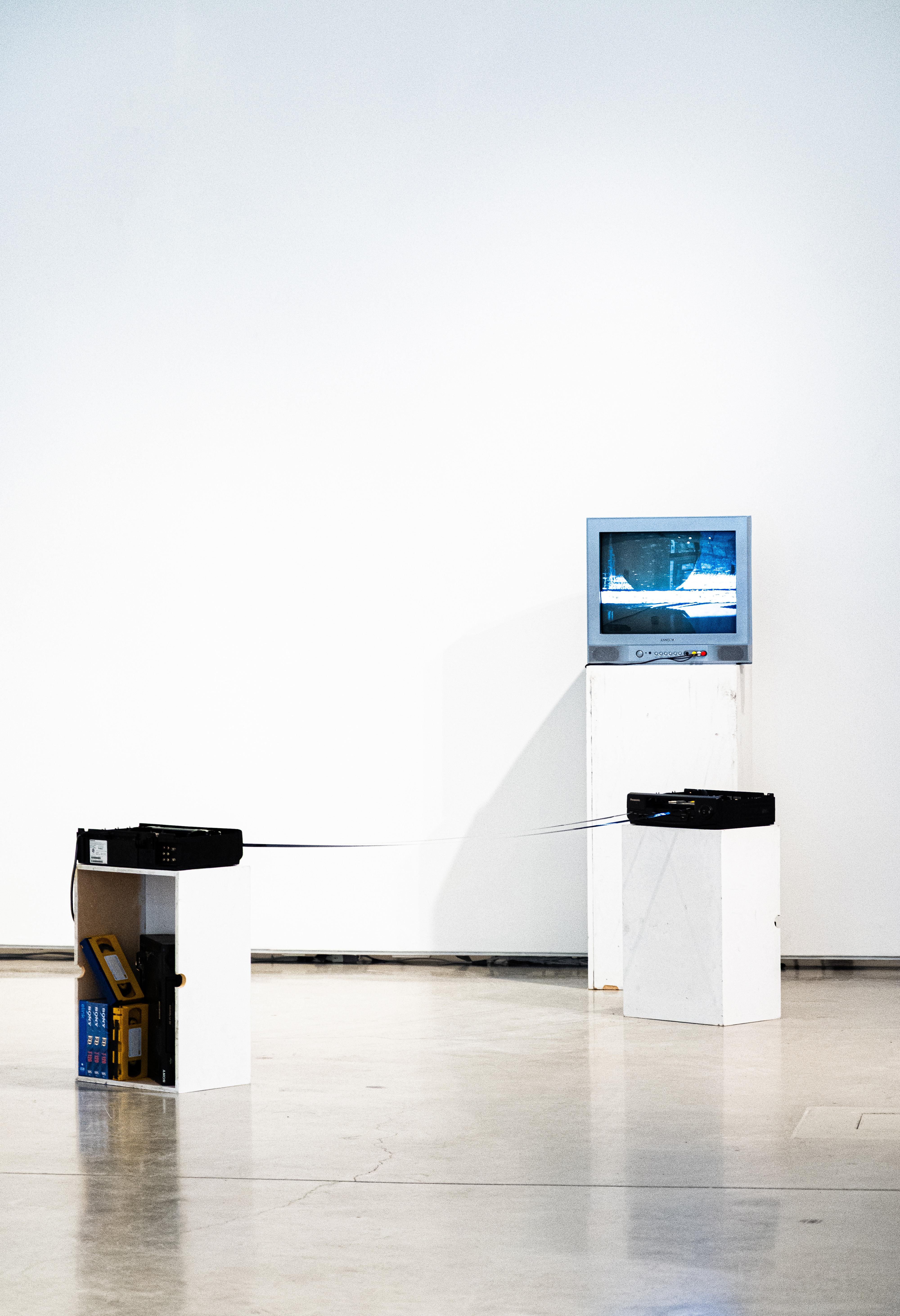
CULTURE



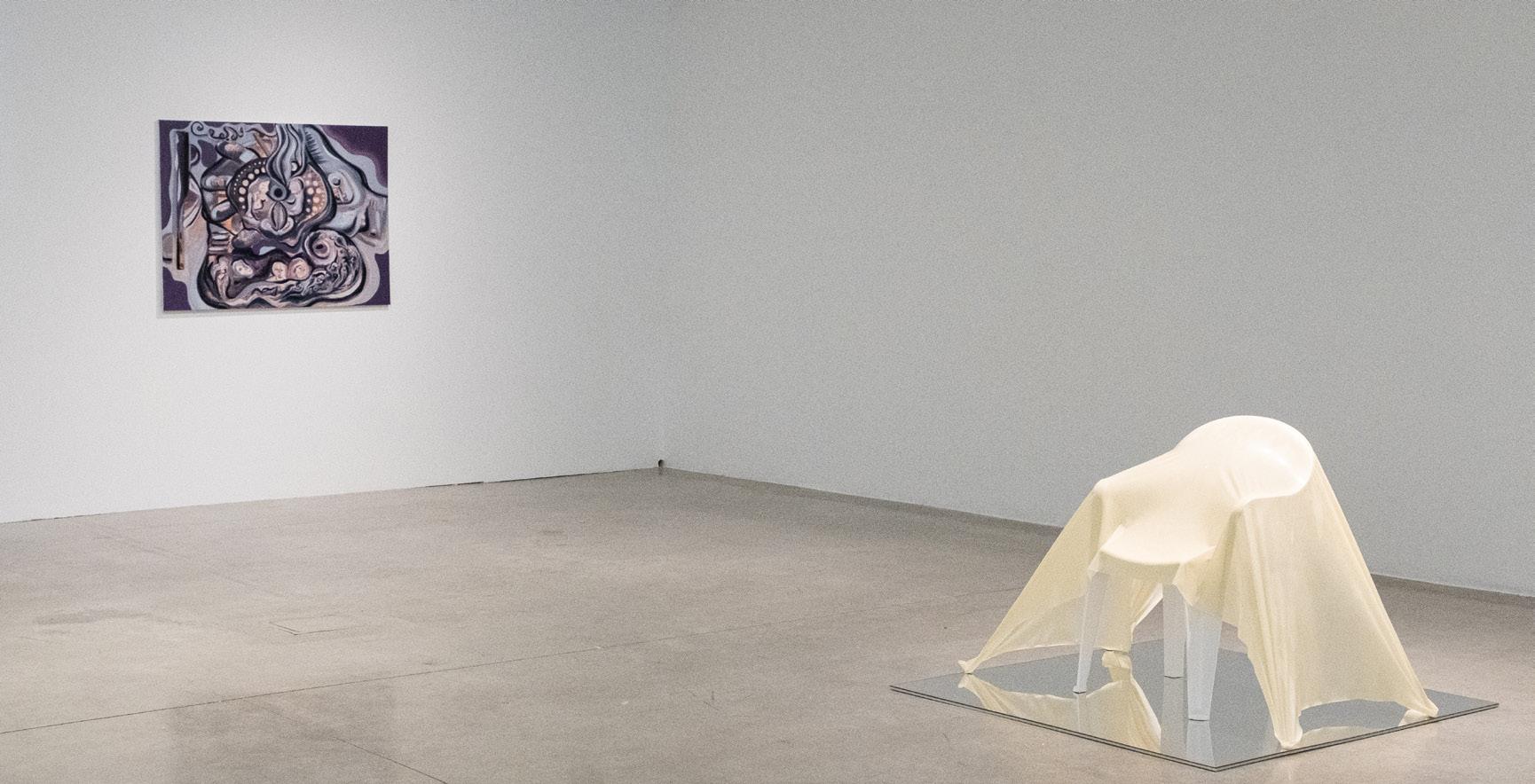







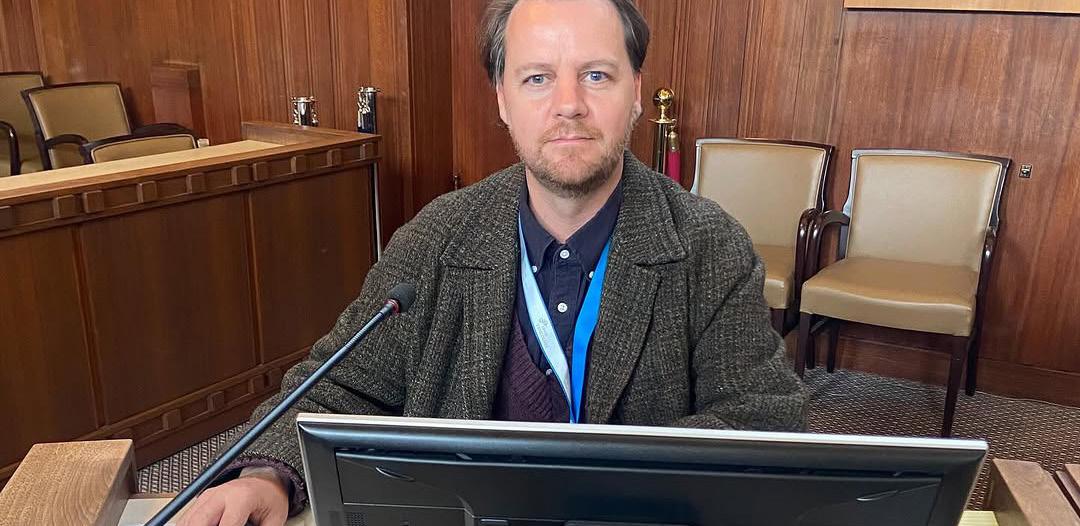
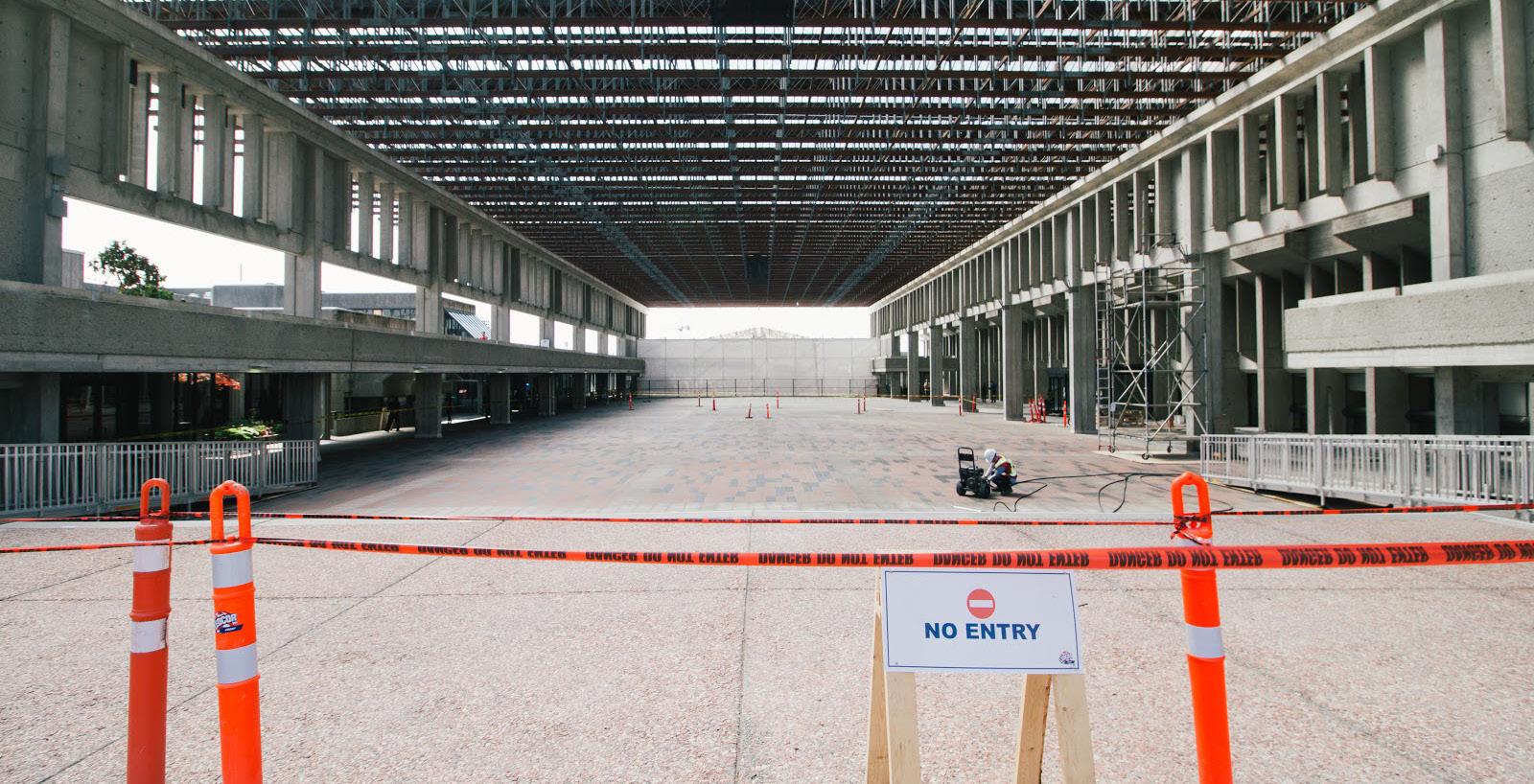
EDITORS-IN-CHIEF
C Icart and Michelle Young eic@the-peak.ca
COPY EDITOR
Michelle Young copy@the-peak.ca
FACT CHECKER
Karly Burns factchecker@the-peak.ca
NEWS EDITOR Hannah Fraser news@the-peak.ca
NEWS WRITERS Corbett Gildersleve and Lucaiah Smith-Miodownik
OPINIONS EDITOR Zainab Salam opinions@the-peak.ca
FEATURES EDITOR Daniel Salcedo Rubio features@the-peak.ca
ARTS & CULTURE EDITOR
Phone Min Thant arts@the-peak.ca
HUMOUR EDITOR Mason Mattu humour@the-peak.ca
STAFF WRITERS Noeka Nimmervoll, Ashima Shukla, and Yildiz Subuk
WEB MANAGER Subaig Bindra web@the-peak.ca
PROMOTIONS MANAGER
Juliana Manalo promotions@the-peak.ca
PROMOTIONS ASSISTANT Petra Chase
PRODUCTION & DESIGN EDITOR Abbey Perley production@the-peak.ca
ASSISTANT PRODUCTION EDITORS Mary Gigiberia and Minh Duc Ngo
PHOTO EDITOR
Gudrun Wai-Gunnarsson photos@the-peak.ca
BUSINESS MANAGER
Yuri Zhou business@the-peak.ca (778) 782-3598
BOARD OF DIRECTORS
Juliana Manalo, Liam McKay-Argyriou, Yildiz Subuk, Olive Visser, and Yuri Zhou
CONTRIBUTORS Kiana Montakhab
PEAK ASSOCIATES
Andres Chavarriaga, Emily Le, Victoria Lo, Cassandra Nguyen, Audrey Safikhani, Abigail Streifel, Yan Ting Leung, and Katie Walkley
COVER ARTWORK Emily Le


Follow us on Instagram, at @thepeakatsfu and check out our YouTube channel, The Peak (SFU).
READ THE PEAK Pick up paper copies at any SFU campus Find extended, cited, and web-accessible articles at the-peak.ca Download digital issues at issuu.com/peaksfu
The Peak is SFU's weekly student newspaper published every Monday, by students, for students. We’re funded by a student levy and governed by a Board of Directors. Any SFU student can apply to become staff.
We reserve the right to edit submissions for length, as well as style, grammar, and legality. We also reserve the right to reprint submissions at any time, both in print and on web. We will not publish content that is sexist, racist, or otherwise prejudiced.
For many, the newly proposed Bill C-2 (also known as the Strong Borders Act) is cause for concern. According to a joint press release, it has received pushback from over 300 organizations.
The federal government has touted the bill as a way to “keep Canadians safe by ensuring law enforcement has the right tools to keep our borders secure, combat transnational organized crime, stop the flow of illegal fentanyl, and crack down on money laundering.” The bill proposes a wide range of national security measures, including expanded surveillance powers, broader data collection and analysis, enhanced information sharing between federal and foreign government agencies, and changes to asylum claims.
Among the organizations urging the federal government to withdraw Bill C-2 is the British Columbia Civil Liberties Association (BCCLA), which aims to preserve and further “civil liberties and human rights.” The joint letter describes the bill as “a multi-pronged assault on the basic human rights and freedoms” as it “weakens our constitutional foundations on firmly domestic matters, including an enormous and unjustified expansion of power for police and Canadian Security Intelligence Service (CSIS) to access the data, mail, and communication patterns.”
The Peak spoke with Aislin Jackson, a staff lawyer in BCCLA’s policy department, for more information.
Bill C-2 is “an omnibus bill that touches on a bunch of different areas that are only vaguely related to one another,” Jackson said. They acknowledged that “some of the information sharing provisions that are in the bill could potentially be defended. When it comes to being able to information share within the government, that could make a lot of sense.”
However, “on privacy grounds, I would expect there to be constitutional challenges to this legislation,” they said, referencing parts 14 and 15 of the bill.
Part 14 concerns the “timely gathering and production of data and information during an investigation,” while part 15 establishes
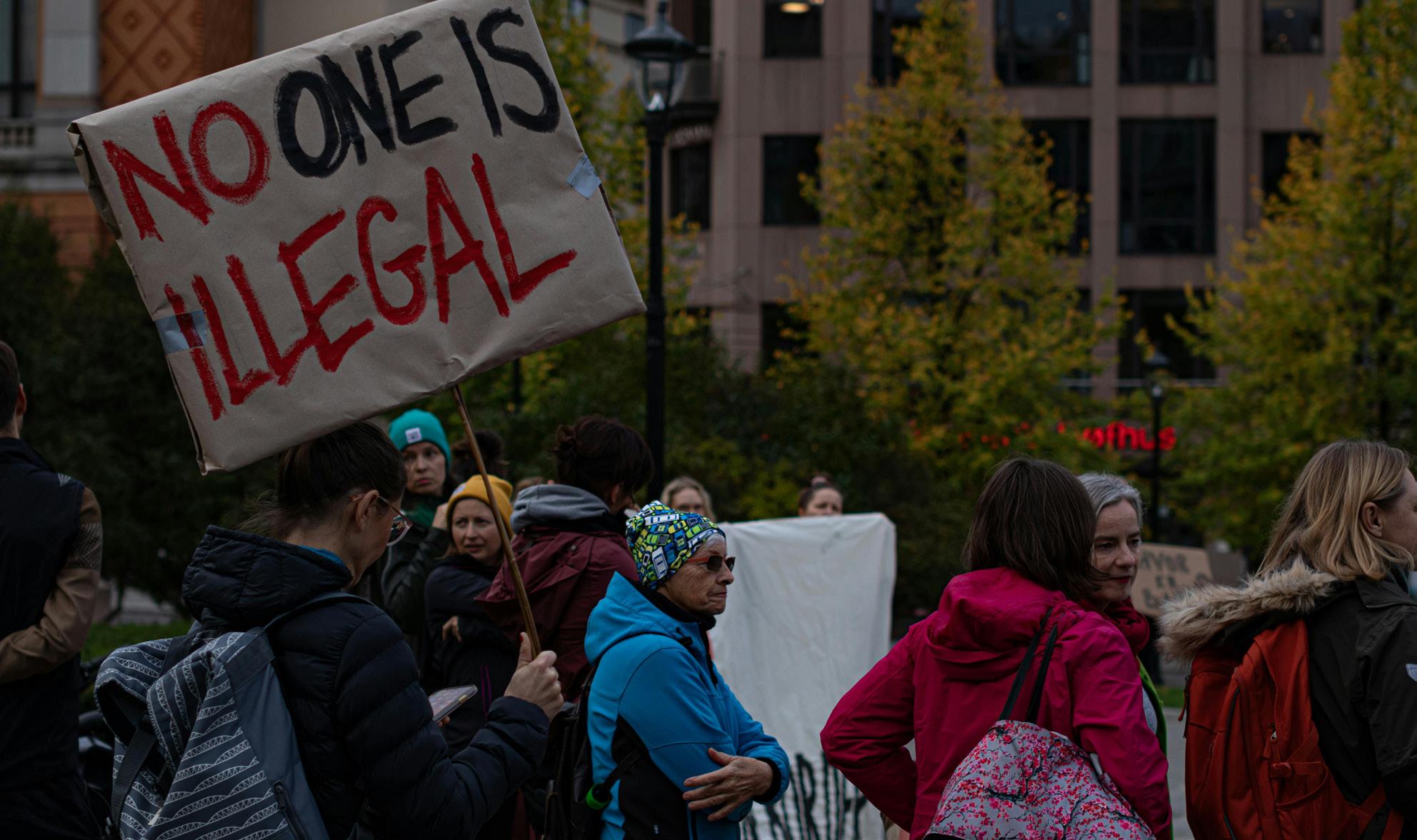
the “Supporting Authorized Access to Information Act.”
Jackson said these are “new powers for police and CSIS to demand information, including warrantless powers. The new act in part 15 “would allow for secret orders to be made, requiring companies to potentially gather information they otherwise wouldn’t.”
The most vulnerable people are affected, but also all of us in terms of our privacy rights.
AISLIN JACKSON STAFF LAWYER, BRITISH COLUMBIA CIVIL LIBERTIES ASSOCIATION
This ability “raises the spectre of not only potentially undermining cybersecurity and muzzling these companies from being able to disclose those changes to their clients,
City to shutter and build new housing sites, leaving many questioning what’s next
In Vancouver, the supportive housing saga continues to develop. On July 3, mayor Ken Sim announced that his office identified five unnamed potential city-owned locations for new supportive housing. This statement comes as the city looks for alternatives to three current supportive housing sites in the Granville Entertainment District as part of Vancouver City Council’s new revitalization plan. Supportive housing is “subsidized housing with on-site supports.”
These three present locations have not been without issues. The Vancouver Sun reported that the Luugat and St. Helen’s Hotel have had a total of 74 fires in the past five years, per mayor Sim. These locations, plus the Granville Villa, have “also been responsible for 1,364 police calls in 2024 alone, according to the city.” The Luugat also saw six deaths, three of which were overdoses, in 2024, according to Atira Women’s Resource Society, which operates the facility.
The Peak corresponded with the mayor’s office and city councillor Pete Fry for more information on the past, present, and future of supportive housing in Vancouver.
As to why the potential site names remain confidential, “any information related to potential City of Vancouver real estate transactions” requires a Council vote before disclosure, press secretary Taylor Verrall told The Peak. “Releasing the locations could have a significant commercial impact on the properties in question.”
Fry recognized that Vancouver is disproportionately home
to more supportive housing than other nearby areas. “The supportive housing in Vancouver is almost exclusively in the Downtown Eastside, which is frankly often to the detriment of the residents,” he added. “There is something to be said for more equitable distribution of supportive housing throughout the region.” Fry told the Vancouver Sun that “many single room occupancy residents wanted to stay in the area, but didn’t want to be housed in the Downtown Eastside.”
There is an effort to kind of sanitize it and gentrify it, which ignores the lived experience and historic reality of what Granville Street has been.
However, the Vancouver councillor said mayor Sim’s decision to freeze construction on net new supportive housing with the hope that other areas would step up may have had a reverse effect.
On whose interests this relocation serves most, “it’s the business interests in the Granville Entertainment District,” Fry said. He also expressed worry that the housing closures could “create a more bland entertainment district that really panders to a very elite subset of the population that doesn’t have the
but also conscripting these private companies into the surveillance state,” Jackson added.
In its current form, the bill would allow companies to not only obtain “information from online service providers, but potentially analog service providers” without “ever going in front of a court to be reviewed for charter compliance.” This includes data from “a niche dating site” or “a support message board for a particular medical condition that you have.”
So, the act “is in tension with our charter values, especially relating to informational privacy,” Jackson said. The Peak reached out to the Minister of Public Safety, who proposed the bill, and was directed to the Department of Justice Canada. The department said, “The charter statement for Bill C-2 explains some of the considerations that support the reasonableness of the legislative proposals.” They also said “care was taken to strike a balance” between “state interest” and “its impacts on privacy interests” in developing Bill C-2.
“The most vulnerable people are affected, but also all of us in terms of our privacy rights,” Jackson said.
Jackson encourages those concerned to write to their MPs. “Public pushback is one of the ways that when really problematic legal access provisions have come up in the past, they’ve been defeated.”
Read the full version of this piece at the-peak.ca.

broader kind of accessible appeal to folks.
“When we’re contemplating relocating folks who have lived there, most of that housing predates any of the nightclubs,” Fry added. “In fact, before Granville Street became the Granville Street Entertainment District, there were mostly beer halls and single room occupancy-type hotels,” he said. “So there is an effort to kind of sanitize it and gentrify it, which ignores the lived experience and historic reality of what Granville Street has been.”
With these considerations in mind, Fry explained his greatest concern regarding the plan to relocate these sites is “where we shift them to, and if we end up kettling even more supportive housing and more vulnerable populations in the Downtown Eastside. That is a disservice to the city of Vancouver and on those people we would be relocating,” he said. Doing so “ultimately just compounds a lot of the challenges we have with the Downtown Eastside.”
SFU has been steadily seismic upgrading its buildings on the Burnaby campus
CORBETT GILDERSLEVE · NEWS WRITER
The “Big One,” an earthquake “as powerful as magnitude 9.0” on the Richter scale, has been predicted to occur on the Pacific Coast and impact Metro Vancouver in the next 50–100 years. The Peak looked into what this means for SFU’s Burnaby, Surrey, and Vancouver campuses.
Due to plate tectonics, an earthquake this big would come from the Cascadia Subduction Zone, a 1,000 km “megathrust” fault that runs from northern Vancouver Island to Cape Mendocino, California. According to the Pacific Northwest Seismic Network, this fault is where the Pacific’s Juan de Fuca plate slides under the North American plate. Friction builds up between the plates, eventually shifting, causing an earthquake. Geological evidence indicates that such great earthquakes have occurred at least seven times in the last 3,500 years, a return interval of 400–600 years.” With the last one being 325 years ago, it’s just a matter of time before it hits.
The Peak spoke with Alisa Zukanovic, director of business continuity and emergency management for Campus Public Safety, to ask how prepared SFU is for the Big One.
With the three main campuses built at different times and located throughout Metro Vancouver, impacts vary. Located downtown at Harbour Centre near the Georgia Strait, the Vancouver campus “faces an elevated tsunami risk,” said Zukanovic. She added, “While Vancouver Island offers some shielding, there is still potential for significant impact from a large tsunami. The region, with a high concentration of infrastructure and population in low-lying areas near the ocean, could experience considerable effects from such an event.”

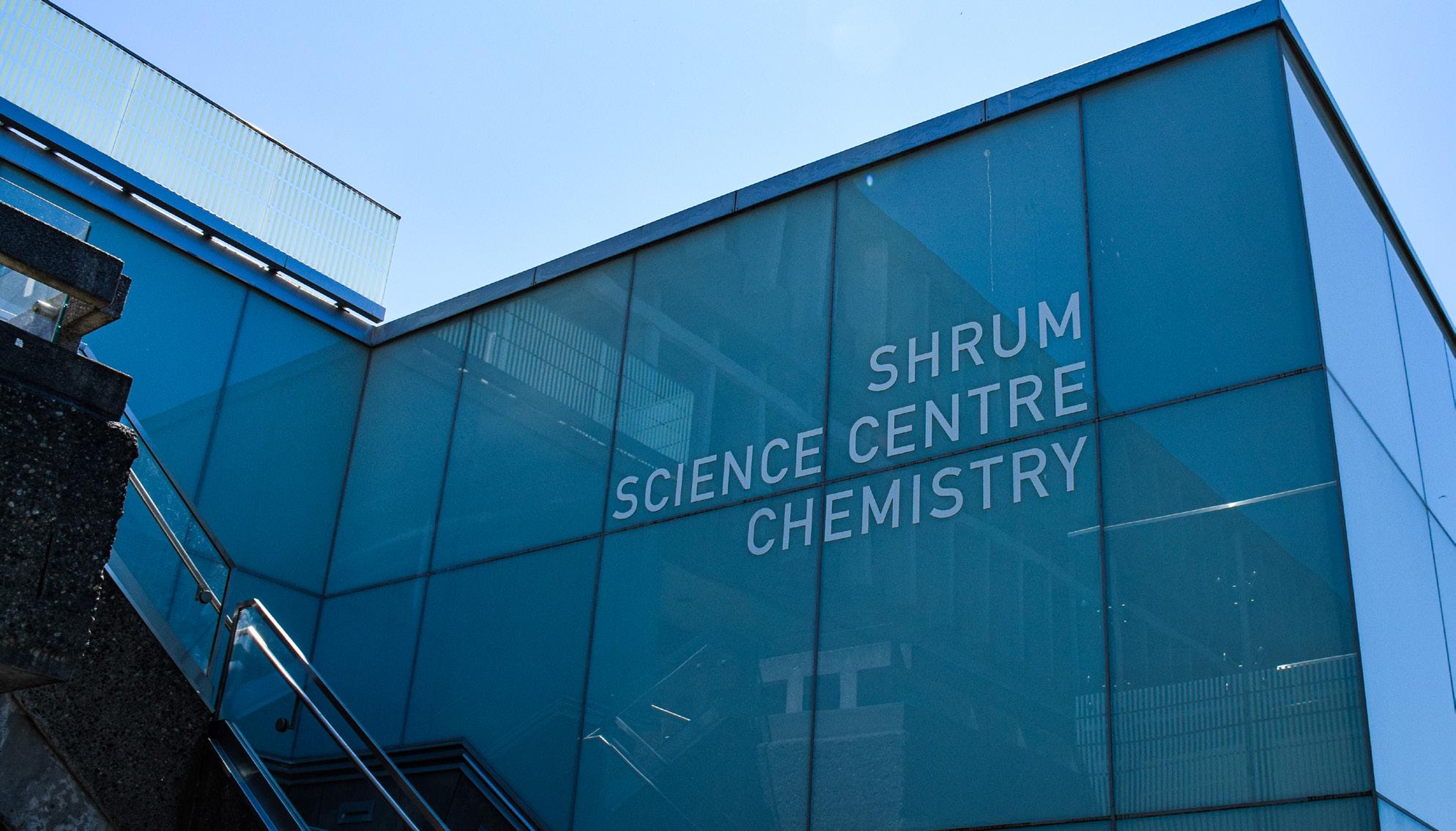
Zukanovic wasn’t as concerned about SFU’s Surrey campus, which was built in 2002. She said this campus is “not at risk for tsunamis,” adding that the buildings incorporated “modern safety features that contribute to overall resilience in emergencies.”
The [Burnaby] campus has one primary access route, which could be affected during a major earthquake. Some buildings are older, but seismic upgrades are currently underway to improve safety.
ALISA ZUKANOVIC
DIRECTOR OF BUSINESS CONTINUITY AND EMERGENCY MANAGEMENT, SFU RISK AND EMERGENCY PLANNING
On July 7, the SFU Senate reviewed new drafts of the intellectual property (IP) policy and the 2025–30 academic plan. They also discussed new definitions for full-time and part-time students and a bachelor of science in economics program. The Peak attended the open meeting for more information.
The Senate discussed a new draft version of the IP policy based on feedback received last March. This new policy focuses on the commercialization of IP through invention and software. The previous draft policy also concerned educational materials, which will now be part of another policy, based on community feedback. Senators raised concerns about student IP ownership, overly broad language for “non-commercial use,” and how the policy would impact class projects that involve external companies. Their next steps are consulting with the Teaching Support Staff Union and presenting it to the Board of Governors in September for approval.
SFU associate vice-president Peter Hall presented the draft 2025–30 academic plan. This was the third draft of the plan, updated on May 15. Some goals of the plan include opening the SFU School of Medicine and graduating the first class by 2030, supporting “interdisciplinary research clusters and cross-centre collaborations,” and expanding “program pathways and outreach activities that support Indigenous student recruitment, community building, and success.”
Hall stated that “changes in the immigration policy environment and changes in the provinces’ financial situation in the last months of 2024, really forced us to [ . . . ] think through what we can do in the next five years.”
For the Burnaby campus, Zukanovic’s main concern was that “the campus has one primary access route, which could be affected during a major earthquake. Some buildings are older, but seismic upgrades are currently underway to improve safety.” According to the SFU campus construction tracker, the Lorne Davies Centre renovation includes seismic upgrades. SFU told The Peak that the Shrum science building is being considered for an upcoming renovation.
SFU also said upgrades and renovations have occurred to the academic quadrangle, Shrum chemistry building, education building, Strand hall, and the applied sciences building since 2017. SFU also said that “guidance on earthquake safety in labs is provided through lab safety training.”
In the event of a major earthquake such as the Big One, SFU has instituted multiple procedures. For evacuation paths, Zukanovic said that SFU has “designated evacuation routes, including an egress walking path for emergency responders and an alternate route off Burnaby Mountain.” SFU also has assembly areas, such as the soccer fields and parking lots, for people to gather. Zukanovic also noted, “SFU collaborates with the City of Burnaby’s Emergency Social Services to provide additional support when necessary, including the potential to establish a reception center or group lodging if required.”
Senators raised a number of concerns while reviewing the plan. Senator Alexandra Lysova spoke for faculty members who had submitted feedback about language in the plan, stating that “there isn’t much focus on academic freedom, in terms of academic excellence in research and teaching as [explicit] terms.” She raised concerns about “administrative overreach in the teaching and research, particularly related to mandates for Indigenization and decolonization.”
According to Lysova, at issue were words like “safe spaces” as they weren’t defined, and “honouring Indigenous Ways of Knowing. She believed words like “questioning, challenging, revisiting” should be used instead of “honouring” in the academic plan. She ended by asking if he had seen their feedback, to which Hall replied that he had.
Senator Colin Percival said that SFU’s commitment to preventing all forms of discrimination was failing, as he believes Indigenous-focused financial aid and the hiring of Black scholars and Canada Research Chairs with lived experience were discriminatory acts. He claimed that Indigenous-only programs and admission on the basis of Indigeneity, as well as a higher grade cutoff for admission to male-majority programs, were also discriminatory.
This was later countered by senator Suzanna Crage, who said “programs and policies that are meant to address groups that have historical disadvantages are not discriminations,” later echoed by Hall. Diversity, equity, and inclusion policies both combat historical disadvantages rooted in racism, sexism, and other types of systemic oppression, while also benefiting “people from all walks of life — including white people.”
Read the full version of this piece at the-peak.ca.
Self advocacy is a big request
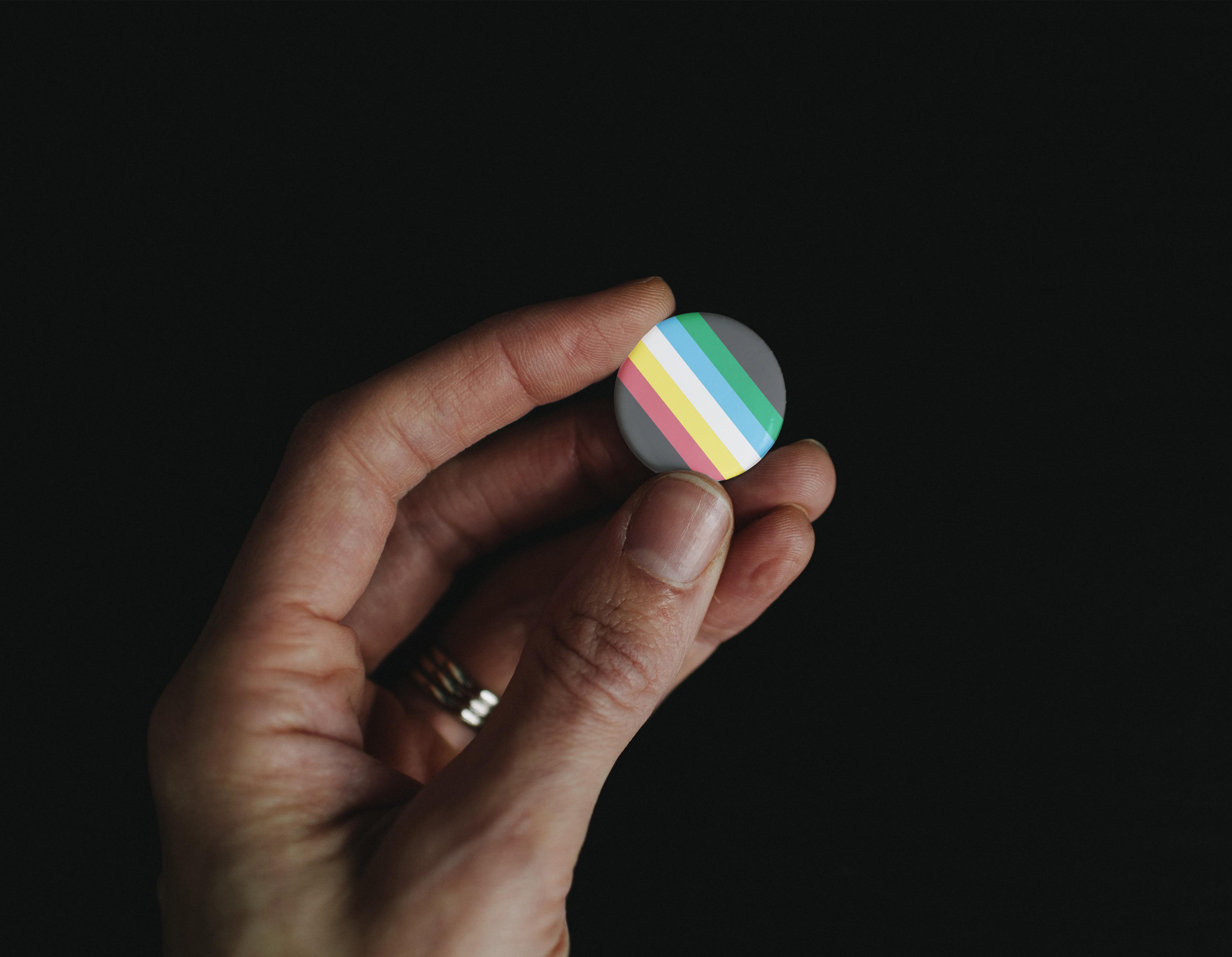
Between Burnaby Mountain’s poor transportation and the daily Stairmaster challenge, it’s no wonder the majority of students, staff, and alums think the needs of people with disabilities aren’t met at SFU. This includes those with invisible disabilities, which are any chronic ailments not visible to the naked eye, which limit or otherwise impair someone’s physical or cognitive daily function. There is a considerably wide range of conditions that fall under this umbrella term, such as mental health conditions (depression), and physical conditions (chronic pain and digestive disorders). The current support system for students with invisible disabilities reflects a deeper truth: SFU’s current approach to accessibility is performative, placing emotional and physical burdens on disabled students instead of building truly inclusive systems.
A reality for individuals living with invisible disabilities is the constant self-advocacy they must perform. At SFU, all students with an ongoing disability must register through the Centre for Accessible Learning (CAL). For this process, you must adhere to many procedures and deadlines to simply request accommodations. CAL explicitly outlines the many responsibilities of disabled students, while including a disclaimer that the requested accommodations might not be granted. This sends a clear message: support is conditional. How inviting. This means if you have a disability, you have to continuously advocate for yourself to get your needs met.
It is incredibly challenging to reach out to a faceless department to ask for support for an invisible disability. The skill of self-advocacy requires confidence, clarity, and selfcompassion, all of which are radical virtues within systems that treat accessibility like an inconvenience. How I see
it, many more students are struggling than the university knows because of this emotionally exhausting barrier that CAL sets up.
Students are all aware of how, when school gets going, it just keeps going. Accommodations in the middle of the semester are challenging to acquire. Even if you are registered with CAL, there are situations where you’re required to obtain a doctor’s note to get your accommodations — this is both expensive and time-consuming. Wait times are a considerable challenge for seeing a doctor in BC, and it can be challenging or even impossible to get the medical attention you require in a timely fashion. It doesn’t make sense to require a doctor’s note when registration with CAL already means that a doctor has informed the university of your condition.
The skill of self-advocacy requires confidence, clarity, and self-compassion, which are all radical virtues within systems that treat accessibility like an inconvenience.
As for students not registered with CAL, well, they simply don’t get access to their resources or accommodations. For
those students, falling ill (again) or experiencing a flare-up, will not only lead to personal pain but to missing lectures and deadlines. In those cases, they’re required to reach out to multiple instructors as soon as possible, to share — often deeply personal and intrusive — information about their lives. Even with documentation, the responses vary from professor to professor, with the possibility they may not understand or empathize with students’ unique situations. This inconsistent and unpredictable treatment is not just frustrating — it’s unfair.
SFU should make lecture recordings mandatory for full access to course materials on days when it is difficult or impossible for students to get to school. Easily allowing extra time to be allotted on exams via student request with no questions asked may provide a necessary sense of ease and safety for those who require more time. Moreover, providing on-deck support to students filling out required CAL documents online, and providing accessible therapy to individuals who are struggling with invisible disabilities are some additional ways to foster a sense of communal support — without overrelying on students’ advocacy of self.
While CAL has many resources, its programs at large miss the point: The rigidity of SFU’s policies in assignments, tests, and lectures is inherently ableist. SFU’s systems are built in a way that leaves many students behind. Not because of their lack of integrity or dedication, but because of the compounding issues that disadvantage them, making SFU an institution that centers able bodies. SFU’s inflexibility reinforces inequality — it’s not just a flaw; it’s a failure of inclusivity. To move towards accessibility, SFU must reform its ideology not just to accommodate people living with disabilities, but to include them from the start!
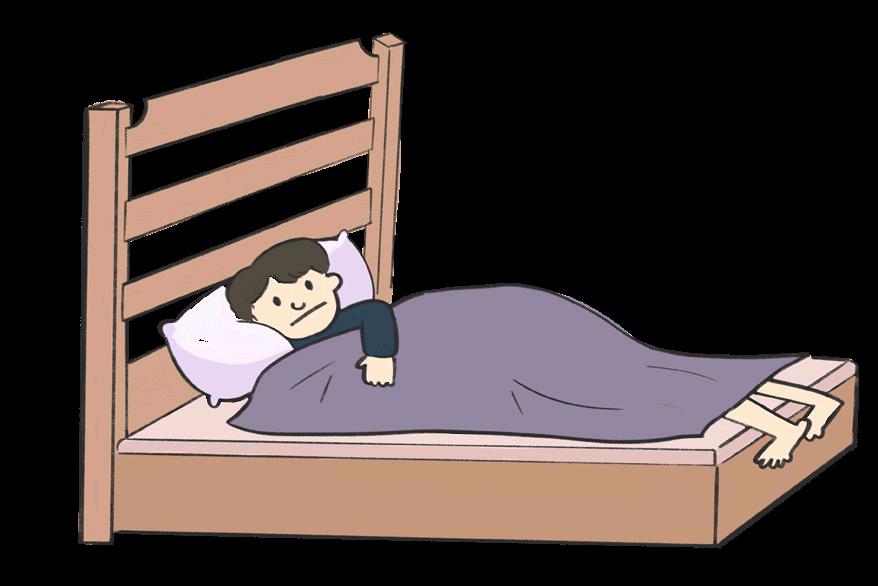
Being tall might be something many want, but honestly, it’s a full-time curse. My knees? Crunchier than a Nature Valley granola bar. Running? Please. I’m one bad jog away from all my joints crumbling like a Nature Valley granola bar. Lower back? Falling apart faster than a Nature Valley granola bar. And to top it all off, I’m also more likely to get cancer just because I have more cells. Like, damn, can I live please?
And it doesn’t end with physiology. The world is just not made for people my height. I know, I’m an outlier, but it’s still so annoying that there are barely any accommodations. Most forms of seated transportation will likely be irritating at best, and nerve-damaging at worst. Once, on an eight-hour bus trip from Paris to Berlin, not a single seat had enough space for me to sit. Can’t sit, yet I can’t stand either — not like I would’ve been able to. So, I cramped my lower body into a seat, knees pressed flat against the seat ahead, calves numb. Any prospects of ever competing in the Olympics are gone.
Once, while doing a fitting for a disposable hazmat suit for a human tissue culture course, I couldn’t fit into the largest available size and had to be excluded from the practical section of the course — too tall for science.
So yeah, I guess it really is true that the grass is always greener on the other side — or maybe the weather is nicer at another height?
DISENGAGED BY DESIGN
Our devices aren’t ruining education, but they’re not helping either
We must rethink what meaningful engagement looks like in our classrooms
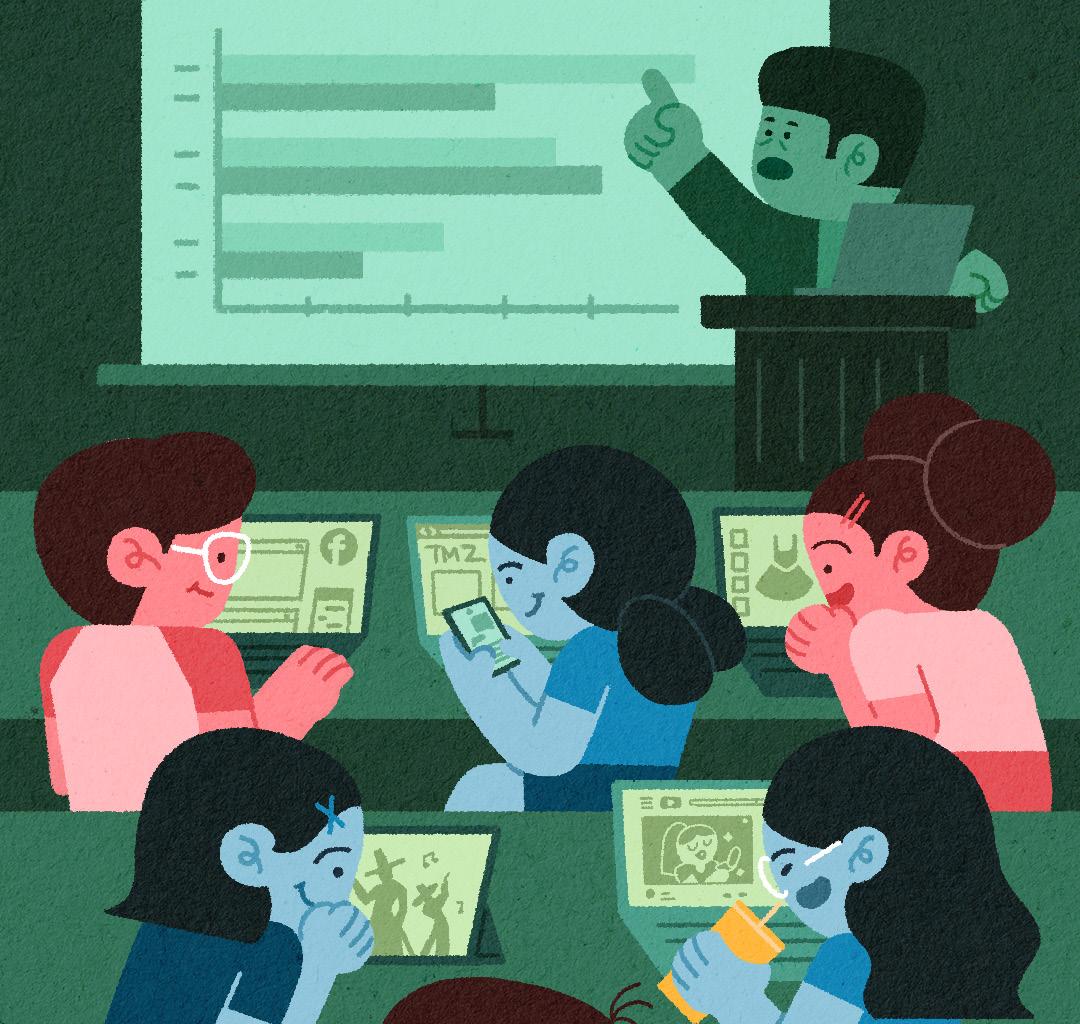
Next time you’re in class, take a moment to look around you. Is anyone actually paying attention? Or are we all halfengaged, aimlessly clicking through tabs on our laptops and scrolling through our phones? Is the poor professor up there lecturing to a sea of blank stares, faces dimly lit by the glow of screens? It makes you wonder — are we truly present or just occupying space?
To some, these behaviours may look like a lack of discipline. But to me, they reflect a deeper reality — students are adapting to a world where traditional learning structures are changing, consequently altering how students engage with learning. In this context, it’s necessary to wonder if traditional higher education keeps up with the pace of technological and cultural change, or is it being left behind? Understanding these changes and how they impact students is essential if we want education to remain effective.
Uncertainties around our education trickle down to everyday choices students make in the classroom, such as how we use technology. Is the use of personal electronic devices in classrooms a gateway to deeper engagement or a constant source of distraction? There’s no one-size-fits-all answer. Media multitasking, the act of switching between multiple forms of media simultaneously, has been shown to negatively impact comprehension, memory retention, and overall academic performance. Additionally, devices don’t just hijack your focus — they manage to distract everyone around you, too. But that distraction isn’t happening in a vacuum — it often stems from classrooms that feel stale and disengaging. Research shows that students with a high propensity for boredom are significantly more likely to media-multitask when faced with tedious tasks. Therefore, it’s not always about tuning out. For many students, these habits are a way of coping (and fighting for their life to stay alert during yet another two hours of bullet points, beige walls, and zero eye contact).
All in all, tech use isn’t inherently evil. In fact, when used mindfully and in support of learning, devices can enhance engagement and offer essential tools for students. According to one study, roughly two-thirds of students rely on laptops
and cell phones to study, communicate, and feel more in control, particularly noting that technology helped 35% reduce stress and 47% communicate better with instructors. For many students, assistive technology is necessary — tools such as screen readers, text-to-speech apps, and captioning — can significantly increase the inclusion and accessibility of students with disabilities in higher education. One thing is clear enough: technology is deeply embedded in how we learn, research, and engage with the world.
Students are adapting to a world where traditional learning structures are changing.
Yet, some instructors have responded with outright bans in the classroom. Others have adopted a no-tech policy allowing limited exceptions, such as accommodations for students with disabilities. While I understand that many professors are exhausted by the constant battle for attention in classrooms, this doesn’t take into consideration how difficult accommodations are to acquire in a timely manner. Professors should be able to trust that each student knows how to be responsible for theirlearning.
Therefore, we also have a role to play in shaping our own learning. Education is expanding our knowledge as human beings — a pursuit that deserves respect and mindfulness. That might mean being more intentional with how we use our devices, challenging ourselves to stay present, or communicating openly about what works and what doesn’t. Technology isn’t going anywhere — and neither is education. The real challenge lies in making the two work together, with effort by both students and institutions.
PHONE MIN THANT · ARTS & CULTURE EDITOR
by Eli Tareq El Bechelany-Lynch

knot body is a collection of poems, short stories, and letters that address various themes, along with how people with disabilities are treated unjustly by capitalist and discriminatory systems. For instance, in one of the letters, Bechelany-Lynch scrutinizes the lack of scientific research behind the medical diagnoses of trans people, a form of systemic injustice in itself.
by Leah Lakshmi Piepzna-Samarasinha
Care Work is a selection of short writings by Leah Lakshmi PiepznaSamarasinha, a Canadian American disability justice activist and author. As described by Piepzna-Samarasinha, Care Work is a “call to arms,” inspiring readers to educate themselves and take action on the issues surrounding disability justice, such as how to build a resilient community with mutual care. In dealing with such a broad and crucial topic, Piepzna-Samarasinha’s work looks from both the local to the global. The book includes tidbits of
by Victoria Freeman
Freeman’s work is a raw, painful, and impactful memoir where she recounts the experience of being separated from her sister Martha who was institutionalized before she turned two because she had Down Syndrome. The book dives deep into the effects this separation had on Freeman and her family, but also into how broken government responses to disability are. The book is a challenge against the status quo — the belief that people with disabilities should be shut off from the rest of society. It is also beautiful,
Postmodernism brought to you by fellow students
KATIE WALKLEY · PEAK ASSOCIATE
From July 3–26, the Audain Gallery is displaying six SFU artists’ works inspired by Clarice Lispector’s short postmodern text, Report on the Thing (1974). Her story questions the way we define categories and split things that are truly just part of a larger whole. To illustrate her point, she discusses how her digital clock divides time, which, in reality, is “immutable.” So, through visual art, SFU students Constance Arden, Caroline Chernega, Chelsea MacKay, Carlo Marchet, Taha Saraei, and Kaleb Thiessen have jointly brought to life Lispector’s philosophy to the public at the Report on the Thing exhibition.
In an exhibition that aims to dismantle our ideas of categories, walking through it feels as if you are existing within a grander artistic expression, the viewer themselves inevitably a part of the artwork.
As soon as you enter, you can hear a faint sound from an artist’s short film playing at the back. Its placement makes it so that you cannot figure out the context until you have already seen all of the other artwork. Thus, it becomes a soundtrack that weaves together each piece. The sound itself contains a bell repeating sporadically along with white noise that makes the entire gallery feel a bit unnerving. Something about that discomfort immersed me in the moment to look into the details.
Combining deep philosophical reflections and light-hearted quips, knot body asks the readers to join along, in bringing awareness to many social challenges affecting the disabled community, such as ableism and fatphobia, but also in appreciating your own body.
their experience having lived among Toronto’s disabled community as well as awareness towards a world that pays more attention to a fair trade emotional labour economy. There is also a focus on issues of suicidality and intersectional oppression through many conversations with fellow activists. Care Work is a must read for anyone striving to build a better, more inclusive, accessible, and resilient society.
showing how strong the ties that exist between siblings are. Coming from someone who is perpetually thinking about government policy processes and who one day aims to change them for the better, this book is a strong recommendation from me. It has exposed me to something that those in policy boardrooms tend never to see: the human suffering caused by misguided policies.

On the way to the source of the strange noises, the oil painting Wet Life by Caroline Chernega pulled me in with an exciting composition that had me turning my head in every angle. The artist’s inspiration came from collaging photos chosen randomly to blend our inner and outer worlds. She conveys her message through brushstrokes that are so expressive that the underpainting shines through. This in itself flattens time so the viewer can see every stage of the painting all at once.
After looking at Chernega’s distortion of time, I went on to the sculptural piece OOO by Chelsea Mackay, which blurs the lines between the living and the object. The chair, covered by a skin-like latex membrane, is attached to a mirror so that as you walk around it, your perception places it in front of different backgrounds. Since the chair is no longer useful to sit on, is it still a chair? I do have to admit that sometimes these metaphysical questions can feel too speculative for me. However, this gallery did a great job of turning the hyper philosophical into something real, tangible, and visible.
Finally, once I went around the wall, I discovered the source of the ambient noise. The two-minute video, I have been waiting for hours, by Constance Arden compiles static shots of her neighbourhood, Vancouver’s Downtown Eastside. Some zoom in the objects, while others pan out, so that you cannot tell what they are. One shot begins far away from a sign so that you cannot read it. Then, it enlarges to be legible for just a moment before zooming in even closer so that it becomes indecipherable again. This shot made me think of how the most obvious meanings can only be understood from specific perspectives. We tend to look at things from one point of view, but this clip along with the entire gallery makes you realize how much can be revealed if you examine the mundane as if you’ve never seen it before.
If you want to enter a world that gives you the same feeling as those rare reality-bending midnight conversations with your friends, the Report on the Thing exhibition is the place to be. Do yourself a favour and go check the exhibition out before it ends.
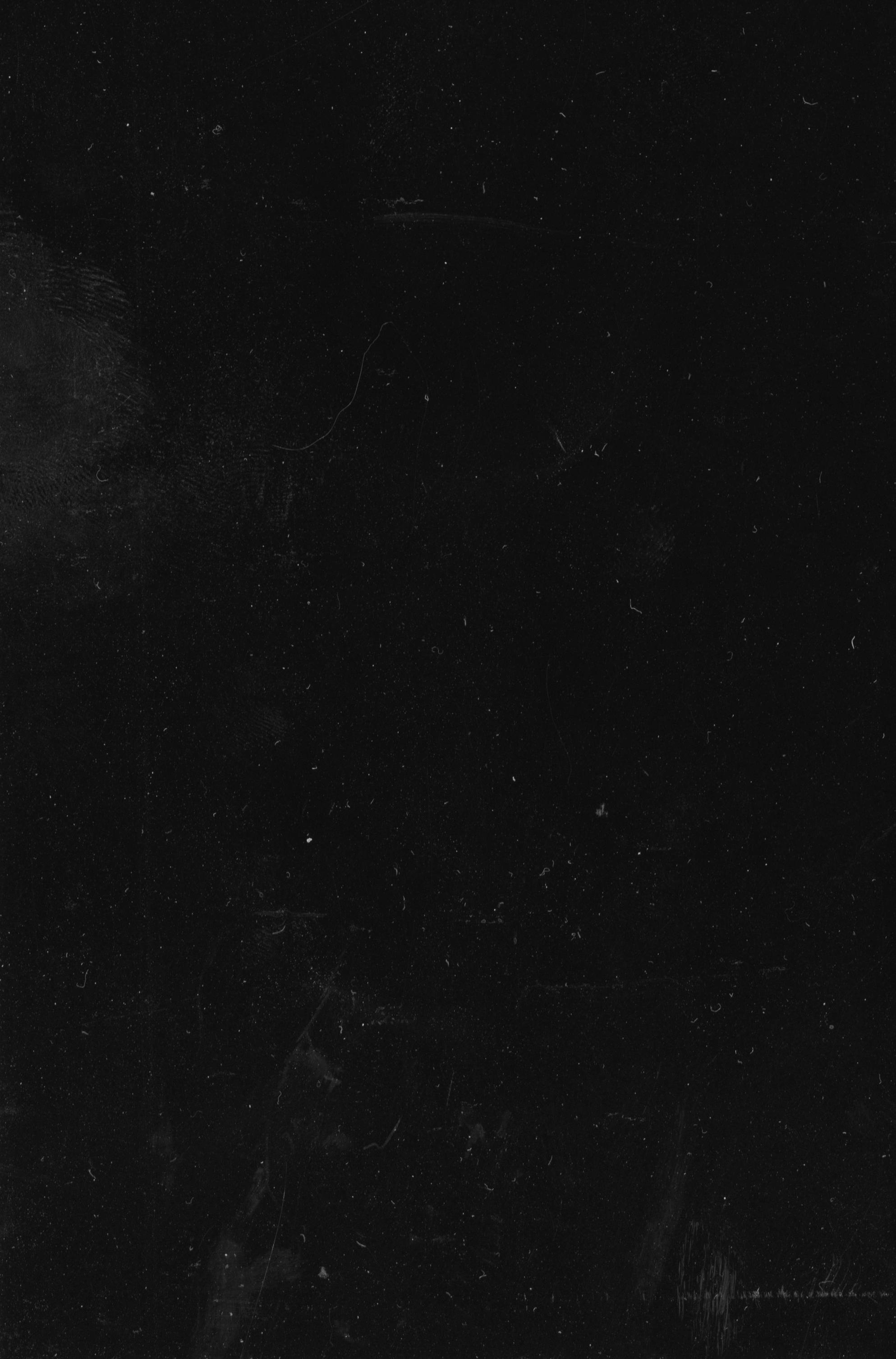

This is my long-awaited and highly requested ranking of the Maggie Benston Centre food court choices based on how likely I am to recite Robert Frost whilst taking a shit after consumption (in order from least to most). Yes, you read that right. This list includes constipation, which sometimes requires even more poetry to aid me in mourning the shit that could have been.
Ben Gong’s Tea: An unlikely appearance from Robert
The first experience that lightly grazed my mind was my time after Ben Gong’s Tea. Just before the flush, I had a chance to whisper, “She dared no more than ask him with her eyes / How was it with him for a second trial. / And with his eyes he asked her not to ask. / They had given him back to her, but not to keep.”
On this day, I saw the tapioca pearls in two ways. They came back to me after enduring the trials of my stomach. Then, just as soon as they reappeared in my life, I had to say goodbye again.
Noodle Waffles: Bobby Frost is here to help you drop that deuce
While I appreciated Robert Frost’s timeless perspective on what it’s like when your shit looks the same as your food, I did not find his words as powerful as the time they coached me through the constipation experienced at Noodle Waffles.
A seemingly menial choice took hours for me to recover from. My lack of excretion led to a severe emotional depletion. I sat there, repeating like a prayer: “Where your face burns and tickles with cobwebs / broken across it, and one eye is weeping.” I heard others coming in and out of the washroom, but I was stuck there with tears streaming down my face, waiting for my turn to flee this hellscape. However, it wasn’t so bad since I had plenty of time to scroll the reels through my AirPods guiltlessly. The comfort this brought me also made me recite Robert Frost’s even more talented great granddaughter, Addison Rae: “Put your headphones on / guess I gotta accept the pain.”
Grill Master: So likely to recite that Robert Frost actually rests his spirit here
On the day I ordered from Grill Master, even the phenomenal songstress couldn’t save me. The weather was storming, but the true tempest took its toll in my bowels. My friend was driving me down Gaglardi and I had to force her to pull over. Without an explanation, I ran into the woods. Among the trees, I could smell her cheeto-flavoured vape from afar and thought aloud, “My little horse must think it queer / to stop without a farmhouse near / between the woods and frozen lake / the darkest evening of the year.”
When I got back to the car, I repeated the lines to her because they were so potently accurate. She didn’t like that she was a “little horse” in this scenario, but she agreed with the rest and rerouted her GPS to take me home instead of our original plans to go to Denny’s.
The final boss: Mad Chicken
My final battle took place at Mad Chicken, and to be honest, I can hardly even blame them. After a hard day’s work of wondering about the legitimacy of my degree, I had a ravenous appetite beyond compare.
I ate so fast that “two roads diverged in a wood and I — / I took the one less travelled by, / and that had made all the difference.”
A simple shit was not enough to end my pain. It had to come out the other way.
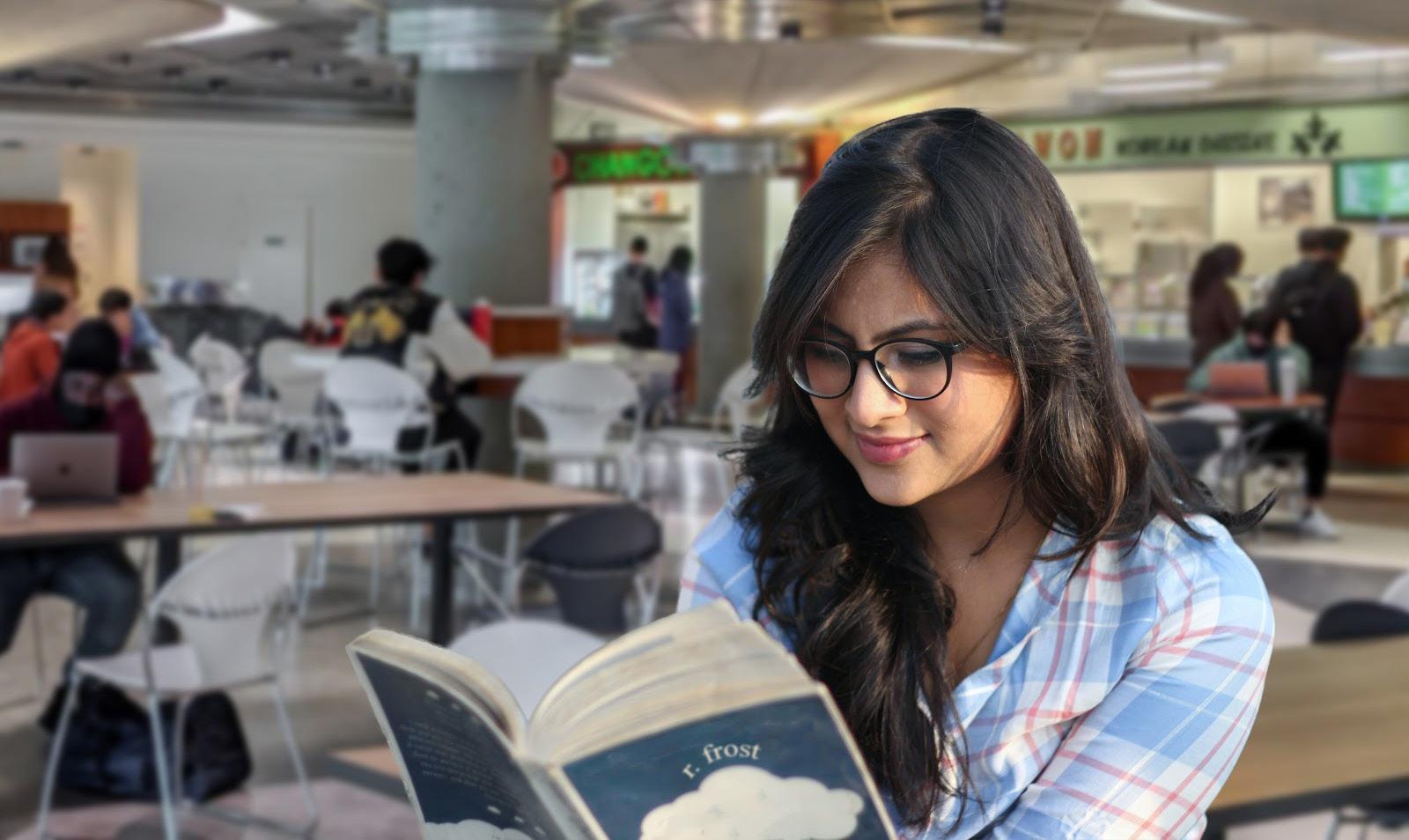
Inspired by the rapid passing of BC’s Bill 15: The Infrastructure Projects Act, and the federal Bill C-5: One Canadian Economy Act, SFU has unveiled a new innovative direction for the university titled “Dig, Baby, Dig.” This 10year plan will be led by the university’s new vice-president of early childhood education and economy — who just so happens to be a generative AI created by two drunk guys from the Charles Chang Institute for Entrepreneurship last weekend.
The strategic plan involves creating a labyrinthian series of tunnels and subterranean chambers under Burnaby Mountain. In a bold shift away from traditional campus construction, SFU will move much of its existing oncampus housing and programs underground. Higher education is so 1965 — welcome to the new age of underground education.
“For decades, SFU has been engaging the (surface) world, now it’s time to engage the rest of it,” ChatVP stated in a press release.
Like all generative AI, it drew inspiration for this plan by combining work by others and then claiming it as its own. With limited building space and a significant loss of revenue from the international student cap, ChatVP knew that surface development was ultimately a dead-end. It wasn’t until the rapid passage of the governments’ poorly written infrastructure bills and SFU’s newest phase of student housing and childcare construction that it came up with a solution.
The Peak spoke with ChatVP about the ambitious plan. “Imagine it, cool temperatures year round, dry benches, ornate carved granite walls, and rock so solid even an earthquake can’t shake,” it said. The VP also claimed that SFU’s science departments already endorsed this new plan as grad students are “used to living in cramped concrete cells in the Shrum science centre’s biology wing, hissing when they see the sun once a year to speak with their supervisors.” When asked how SFU will kickstart this, ChatVP assured us that “a significant financial investment” has already been provided by the Beedie School of Business. Under conditions of anonymity, a disgruntled professor said that Beedie negotiated the rights to occupy all the abandoned surface buildings on campus, thus fulfilling their desperate need to brand every square inch of the campus with their name.
“We all know from Minecraft that children yearn for the mines,” said ChatVP when asked about labour costs. “I was inspired by the Wisconsin company, Packers Sanitation Services, who put 102 children to work in their meatpacking plants. SFU already has a childcare centre on campus, but the kids were getting bored.”
When told that it’s illegal to hire children to work in a mine, the VP said, “Digging these tunnels is not work; it’s education.” According to SFU’s strategic plan, each child will receive a specialized curriculum of optimal pickaxe swinging and learn how to cough out coal dust effectively. Welcome to SFU’s new youth-driven civil engineering field school program!
This nightmare of a project has already been approved for streamlining by Premier David Eby and given a federal grant from Prime Minister Mark Carney. In a joint statement, they called on other universities to take bold, new initiatives, saying “SFU is the job creator that we all need right now. Elbows up!”


Picture this: Lana Del Rey, singing Chemtrails Over The Country Club, frantically flying over an audience, and waving her arms like a fairy all at the same time. At first, you think, “Goddamn. What an iconic show.” Her body is see-through, radiant, and emits a green light. You knew Lana was ethereal, but didn’t know she was this perfect.
Then, you squint.
Your eyes think something’s playing tricks on them. Did Lana just — did she . . . glitch?
That, indeed, is not Lana Del Rey. It’s her hologram. And guess what, SFU? It’s officially booked for Fall Kickoff.
Lana’s hologram was most recently used during her 2025 European summer stadium tour. To the shock (and pain to the wallets) of many concertgoers, the Video Games singer took multiple vape and costume breaks throughout the show, leading to the hologram singing at least two songs.
“You know what? Lana Del Rey is literally iconic,” the Simon Fraser Student Society (SFSS) wrote in a statement to The Peak. “With tuition hikes on a perpetual conveyor belt and being forced into students like rotten applesauce to a toddler, we thought we’d give something to help the student body cope. We present Lana Del Rey’s hologram to SFU.”
The latest announcement is most certainly an upgrade from last year’s Fall Kickoff performers. The event sold a total of five tickets, four of which were bought by the then vice-president events. Headliners consisted of an AI DJ beatmaker, drag queen Ru Fall, and a distant relative of Shakira’s ex-boyfriend’s dog. The budget for the event was 99% of the SFSS’ yearly revenue.
“Maybe it’s time to get a new treasurer,” commented an SFSS executive at the time. The same executive approved the $1 billion price tag to have Lana’s hologram perform for a chaotic set. “Fiscal responsibility is of the utmost importance.”
Expectations are definitely higher this year, and the SFSS has the unfathomable task of fixing a $200 billion deficit and improving student experience. According to Lana’s management team, the hologram’s set is expected to sing the following songs (the hologram is apparently sentient, so it all depends on what it’s feeling like):
• “Say Yes to Heaven” (nightcore version)
• A cover of the first half of the second half of the chorus to “Take Me Home, Country Roads”
• One unreleased song selected from Lana’s dead country album, Lasso.
• “National Anthem” (15-minute spoken word version)
• “Text Book” (sans the performative activism, lip-synced for maximum creativity)
• All of Lana’s songs playing at the exact same time through the same speaker (to ensure there’s no whining about the set list)
The hologram’s announced inclusion in the festival has sparked great controversy on r/simonfraser. “This hologram is a disgrace to live music,” commented u/CouchLover. “I hate this!!!!”
OK, buddy. Let’s get one thing straight: Lana isn’t doing anything wrong by sending her hologram out to perform in lieu of herself.
She’s too powerful to be limited by the physical constraints of her body — why the fuck would she perform when she can project a 4K vision onto our emotional psyche? Why would she perform a song for the 50,000th time in front of a bunch of pathetic SFU students? She’s channeling her best energy into a melodramatic beam of light. She’s one with the hologram. She’s a post-human ray of light in a slip dress.
“The hologram allows me to take one, very long perpetual vape break,” said Lana in a telepathic statement to The Peak. “My lungs scream just as loud as my fans. So buzz off, haters. My hologram will see you at Fall Kickoff.”
Tickets are going on sale Friday at 9:00 a.m. on the SFSS Instagram. Hurry to buy them. They’ll sell out faster than you can say “Grandfather please stand on the shoulders of my father while he’s deep-sea fishing.”
The OneBC party is here to stop
The leader of the BC Conservative party, John Rustad, has recently lost the plot. He seems to be suppressing the Conservative party’s freedom of speech by not letting members make mockeries out of the trauma faced by Indigenous communities due to the residential school. John Rustad, the person we last expected to jump ship, has clearly joined the radical leftist squad.
But OneBC will not stand for it. Their movement won’t get rattled easily, even though a lot of their messaging focuses on getting mad at made-up situations.
There is no more true Canadian conservatism. No respect for true conservative values such as: trickle down economics, racism, and bootlicking the elites. Canada is under attack — by the woke, by Chinese communism, and by radical grammar terrorists forcing pronouns on us. There’s an attack on freedom of speech. You can’t say anything without facing “consequences.”
Yet a beacon of hope exists in this apocalyptic hell — a brand new party. Introducing, OneBC. More radical than the Conservatives and totally not a means to split right-wing votes.
OneBC is run by a fierce, independent woman. You may be wondering, who is this diva?
Well, my politically-savvy queens, it’s MLA Dallas Brodie, who scared even the likes of Comrade Rustad with her totally nondiscriminatory and brave comments on residential schools. She was removed from Radical Rustad’s caucus, so what did she do? She formed her own party. The party has gained traction, doubling in size (now having two members), and showing no indication of slowing down.
Brodie is also the primary critic of what is known as the “Reconciliation Industry” — a term she coined herself. We love our entrepreneur queen.
Brodie is now the target of the woke mafia (CBC), but STILL won’t back down. There are so many people who need to understand that large corporations and big investors are not the problem — it’s a group of people, whose culture focuses on sustainability (whatever that means).
But that’s not all. OneBC is also focused on taking down gender ideology. Joined by Tara Armstrong, another MLA desperate enough — we mean passionate enough — to join the party, has combined forces with Brodie.
Armstrong is a fierce critic of the BCNDP. Is it because the BCNDP tried to pass Bill 7, a bill criticized as an authoritarian “power grab” move? No, she has bigger fish to fry — like calling out premier Eby’s communist ties to China. Eby, a hardcore Marxist, is trying to destroy our province (while also destroying our environment . . . we give credit when credit is due!).
The Conservatives have gone woke, and no other party can stand up to Eby the Big (Unfriendly) Giant except for OneBC. Together, the party will stay strong, together it will dismantle minority groups taking advantage of us, and together they will fight communism by maximizing shareholder interests!
PS — we have no idea what communism is, but from what we have heard, it’s dangerous. Don’t ask me any follow-up questions, I’m totally an independent journalist and not representing OneBC.





